The Mainz type gladius is an iconic Roman sword. This is the sword famously used by Roman soldiers in the early Imperial period. Our Augustus Mainz is a typical example of the classic subtype, with its broad base, gently waisted profile and long strong point. It saw use in the period from about 25 BC (or slightly earlier) to around 50 AD.
Over the centuries the arms and armor of the Roman armies changed as tactics evolved and were refined. After experiences in the Punic wars, where the Romans were impressed with Iberian warriors who used a medium length La Te II sword (a weapon that survived in active use in the northern part of Spain long after Celtic warriors in other parts of Europe were favoring longer blades), Roman troops started using a sword they named the ”gladius Hispaniensis”. Over time this sword became shorter and broader into the sword we know recognize as the Mainz type.
The change of the longer Gladius Hispaniensis into the Mainz pattern is possibly as an adjustment for more efficient use in the Republican Legions and their specialized tactics. Rather than fighting as individual warriors (like the Continental Celts or warriors of the Germanic tribes) the Roman legions used a way of fighting where a relatively open formation allowed individual fighters room to effectively use their swords, while still benefiting from the support from comrades on each side. This tactic made good use of the ferocious fighting spirit of the individual legionnaires as well as the discipline of a highly trained army.
An enemy was initially met with a volley of pilum javelins, dealing pain, panic and death to the front ranks, testing their resolve and possibly slowing the advance. While the enemy was reeling from this first blow, the broad and short sword could be put to effective use in close quarter fighting that diminished the efficiency of the longer blades often favored by Celtic and Germanic warriors.
The wide blade and long point of the Mainz pattern is a clever combination of qualities, allowing both to be strongly established in the design. The wide blade together with the long point section results in an effective distribution of mass, allowing powerful cuts as well as lightning fast and precise thrusts. The hilt works perfectly together with the blade. The faceted grip provides a clear indication of the direction of the edge and a reliable hold. Pommel and guard adds an ergonomic quality, providing both secure purchase and good control. In the thick of a fight when adrenalin surges though the veins and stress levels are sky high, a design like this helps a fighter retain a good awareness of the sword.
The Augustus has a sharp high carbon steel blade that has been tempered for flexibility and edge retention. The hilt of Albions Augustus is crafted completely out of walnut. When bone was not used for the grip, a uniform use of wood like this would have been the norm. Pommel and guard locks on to the grip through lugs on the grip. This is a design that can be seen on surviving Roman hilts. It results in a very robust construction. The inlet guard plate and rivet button are bronze. The wood is treated by soaking in linseed oil for 24 hours, and then set aside for hardening over 48 hours. This seals the wood against moisture and hardens the surface somewhat. After polish it shows a deep luster that reveals the grain and color of the wood.



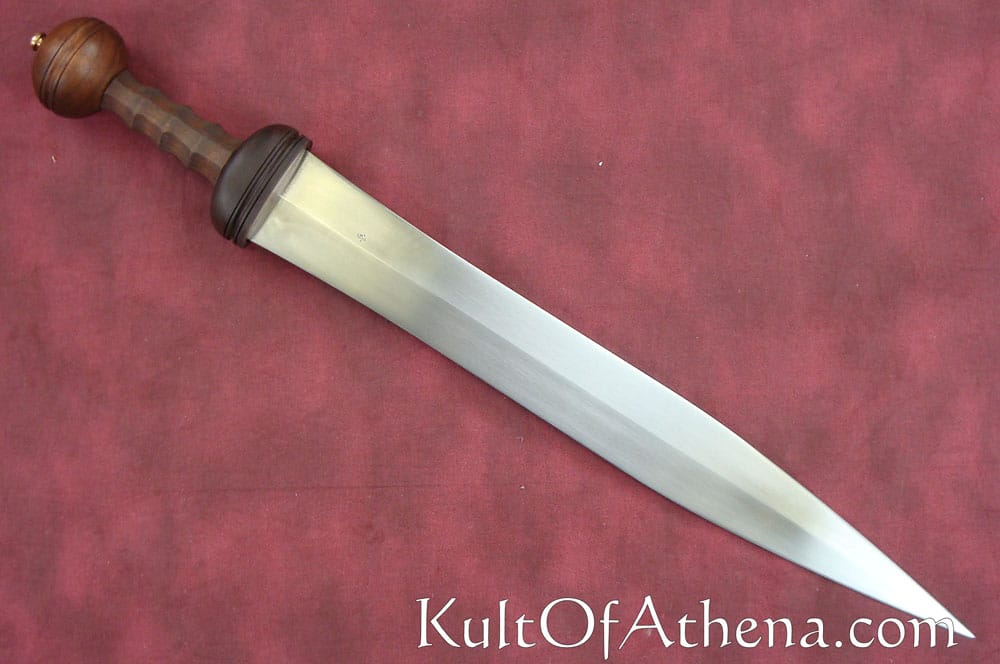
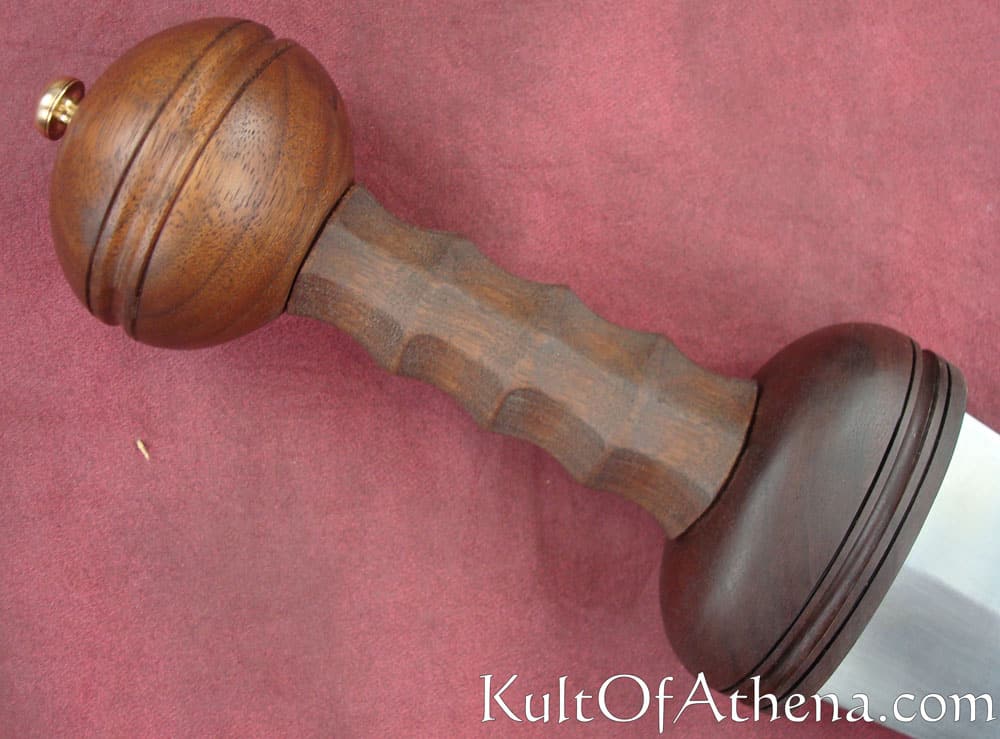
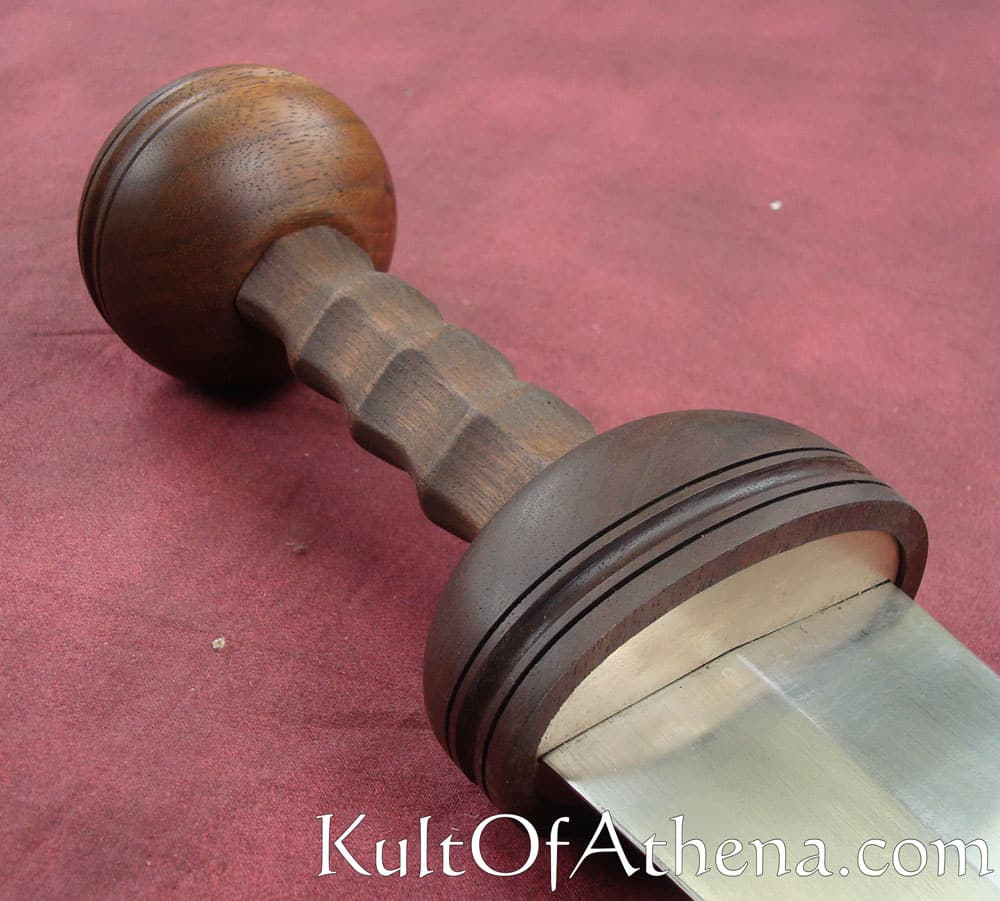
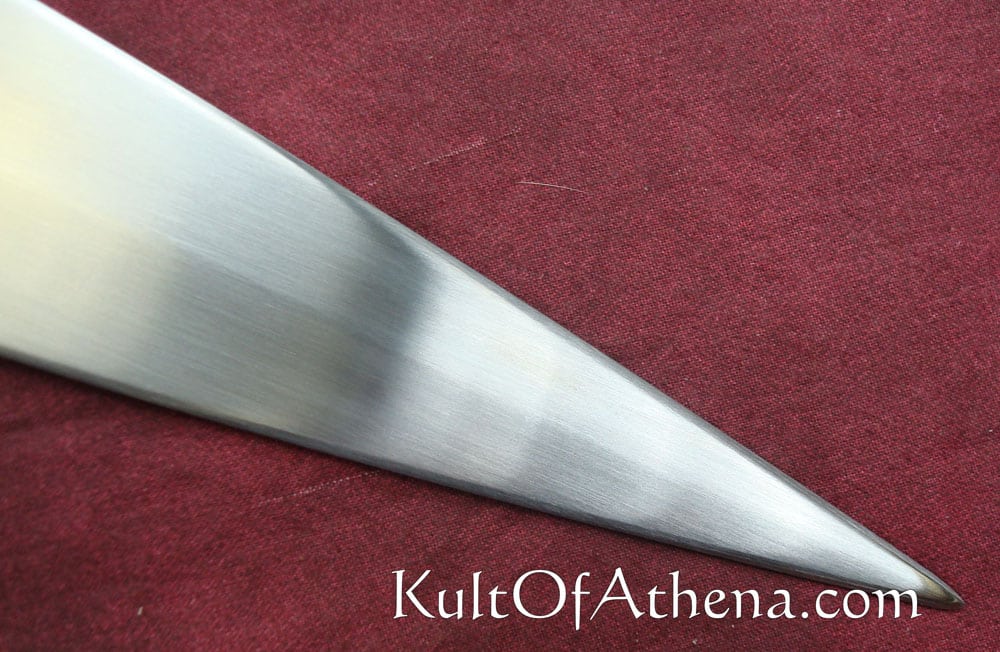

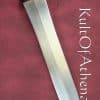

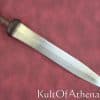

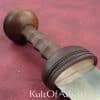

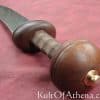
Jon from Unsheathed Sword Reviews –
Albion is arguably one of the best large scale manufacturers of high end historically accurate medieval and Renaissance swords. But, how do their offerings from Antiquity stack up? We at Unsheathed Sword Reviews will try to answer that and many of other questions in this review of the Augustus Mainz Gladius from Albion Swords.
https://youtu.be/HP0MIFsa31o